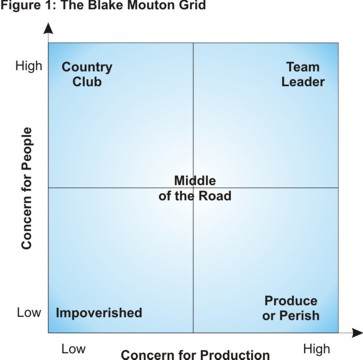- We can distinguish between content and process theories of motivation. Whereas content theories ask the question 'what are the things that motivate people?'
- Maslow determined the innate needs of all individuals, arranged in hierarchy, starting at bottom with physiological needs and progressing to the top with self-actualisation needs. Each level need within the hierarchy is dominant until it is satisfied.
- Herzberg devised a two-factor theory of motivation.The need to avoid unpleasantness emphasises hygiene factors, while the need for personal growth encourages motivator factors. two example of each type of factor. Hygiene=working conditions Motivator=status
- Expectancy model equation Expectancy x Valence = Force of motivation
- Motivation is chiefly important for managers because it is all about getting extra level of commitment from employees. It can be either positive(offer of rewards) or negative (threats of dismissal)
- Job satisfaction is an example of an intrinsic reward. Wage or salary is an extrinsic reward. The key difference between the different types of reward is the level of control that the individual has cover them.
- The issue of job design derives from the theory that it is job satisfaction that drives motivation.Herzberg suggested three ways of improving job design to make job more interesting to the employee. --> Job enrichment, Job enlargement, Job rotation
- Leadership and management require different actions and different mindsets.Leadership entails creating a sense of direction Communicating the vision and Energising, inspiring and motivating.
- According to Blake & Mouton, a manager's concern for people must be matched by concern for ensuring the task is achieved. These concerns can be plotted on the Managerial Grid.
Blake and Mouton Managerial Grid
-Is a popular framework for thinking about a leader’s ‘task versus person’ orientation was developed by Robert Blake and Jane Mouton in the early 1960s. Called the Managerial Grid, or Leadership Grid, it plots the degree of task-centeredness versus person-centeredness and identifies five combinations as distinct leadership styles.
Understanding the Model
The Managerial Grid is based on two behavioral dimensions:
Concern for People – This is the degree to which a leader considers the needs of team members, their interests, and areas of personal development when deciding how best to accomplish a task
Concern for Production – This is the degree to which a leader emphasizes concrete objectives, organizational efficiency and high productivity when deciding how best to accomplish a task.
Using the axis to plot leadership ‘concerns for production’ versus ‘concerns for people’, Blake and Mouton defined the following five leadership styles:
 Country Club Leadership – High People/Low Production.This style of leader is most concerned about the needs and feelings of members of his/her team. These people operate under the assumption that as long as team members are happy and secure then they will work hard.
Country Club Leadership – High People/Low Production.This style of leader is most concerned about the needs and feelings of members of his/her team. These people operate under the assumption that as long as team members are happy and secure then they will work hard. Key Points
The Blake Mouton Managerial Grid is a practical and useful framework that helps you think about your leadership style. By plotting ‘concern for production’ against ‘concern for people’, the grid highlights how placing too much emphasis in one area at the expense of the other leads to low overall productivity.
While the grid does not entirely address the complexity of “Which leadership style is best?”, it certainly provides an excellent starting place to critically analyze your own performance and improve your general leadership skills.


.jpg)
No comments:
Post a Comment